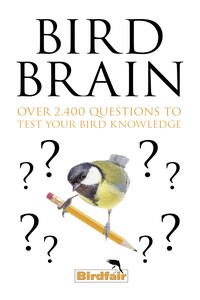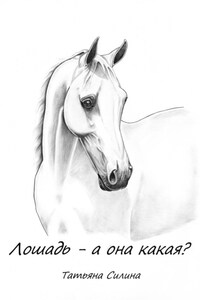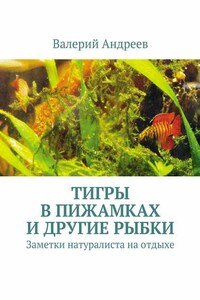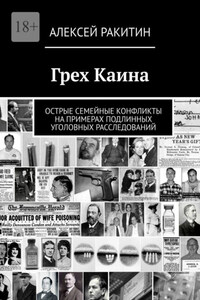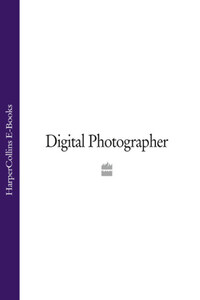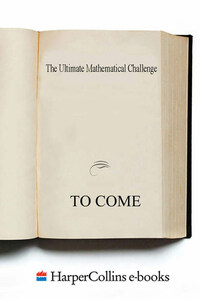William Collins
An imprint of HarperCollinsPublishers
1 London Bridge Street
London SE1 9GF
WilliamCollinsBooks.com
First published in the United Kingdom by William Collins in 2018
This eBook edition published by William Collins in 2018
Copyright © Leicestershire and Rutland Wildlife 2018
Front Cover Photograph © Shutterstock
The authors assert their moral right to be identified as the authors of this work.
A catalogue record for this book is available from the British Library.
All rights reserved under International and Pan-American Copyright Conventions. By payment of the required fees, you have been granted the non-exclusive, non-transferable right to access and read the text of this eBook on-screen. No part of this text may be reproduced, transmitted, downloaded, decompiled, reverse engineered, or stored in or introduced into any information storage and retrieval system, in any form or by any means, whether electronic or mechanical, now known or hereinafter invented, without the express written permission of HarperCollins Publishers.
Source ISBN: 9780008315740
eBook Edition © October 2018 ISBN: 9780008315757
Version: 2018-08-09
The Bird Brain of Britain competition at the Birdfair began in 1992 with the title Mastermind and it roughly followed the BBC’s successful programme of the same name. Distinguished ornithologists (Chris Mead, Janet Kear, Nigel Collar and Chris Harbard) volunteered to compete and Bill Oddie was the natural question master. It was a success and has continued ever since. The snappier title Bird Brain of Britain was thought of for 1995 and so it has remained. Leading ornithologists continued to ‘volunteer’ and Bill Oddie continued to grill them, for all but two of the next eighteen years, when Chris Packham was Inquisitor. In the last few years others filling the Torquemada role have been, besides Bill and Chris, Nick Baker, Mike Dilger and Stephen Moss.
The contestants set the Specialist questions (in theory). They are asked to provide ten questions each for the other three contestants so that there are thirty questions to ask. In practice, some questions are the same, some are unaskable and some are not absolutely correct. I have set the General Knowledge questions for the last eighteen years. I am uncertain who really set the questions in the early years before I was involved, but I was under the impression that Tim Dixon set them. However, as he won the 1993 contest, either somebody else did or …
The original competition was intended to be educational fun, but birders’ inherent competitiveness got in the way and it is now a cut-throat battle, the more so since a pecuniary prize of £2,000 was provided by the Catalan Tourist Board in 2007 and subsequently by Vanguard and Swarovski Optik. This is divided into £1,000 for the winner’s organization, £500 for second and £250 each for third and fourth. For the first ten years the contestants represented conservation organizations, namely the RSPB, BTO, BOU, BirdLife International, WWT and the Wildlife Trusts. Then other organizations were invited to put forward a hapless volunteer. The four regional bird clubs, ornithological journals, travel companies and optics companies provided cannon-fodder until 2007. Since 2007 contestants have represented the four regional bird clubs – African Bird Club (ABC), Neotropical Bird Club (NBC), Oriental Bird Club (OBC) and Ornithological Society of the Middle East (OSME), with BTO replacing NBC since 2012.
In 2004 we produced a book of the first twelve years and it was suggested another book covering the next fourteen years was fitting for the thirtieth Birdfair. Ornithology has changed quite a lot in the intervening years, with much greater knowledge about birds being acquired, much of it through the use of modern technology. This technology has resulted in frequent revisions of taxonomic classification, much of it confusing to more senior birders, and probably younger ones too. The Handbook of Birds of the World and BirdLife International Checklist seems to me the most rational taxonomy to follow, and is certainly the most user friendly, and so this has been adopted in this book. As a consequence there are quite a number of revised answers, as the original answers, though right at the time, may now be wrong, or at least different. This has been indicated to avoid confusion (with luck). Grey italic is used in the answers section (and a few in the questions too), to indicate the additions and changes.
The IUCN (International Union for Conservation of Nature) Red List categories of threatened birds are frequently mentioned and I have used the recognised abbreviations for the different categories, namely EX, for Extinct; EW, for Extinct in the Wild; CR, for Critically Endangered; CR (PE), for Critically Endangered Possibly Extinct; CR (PEW), for Critically Endangered Possibly Extinct in the Wild; EN, for Endangered; VU, for Vulnerable; NT, for Near Threatened; LC, for Least Concern; and DD for Data Deficient. The term Globally Threatened refers to the CR, EN and VU categories.
